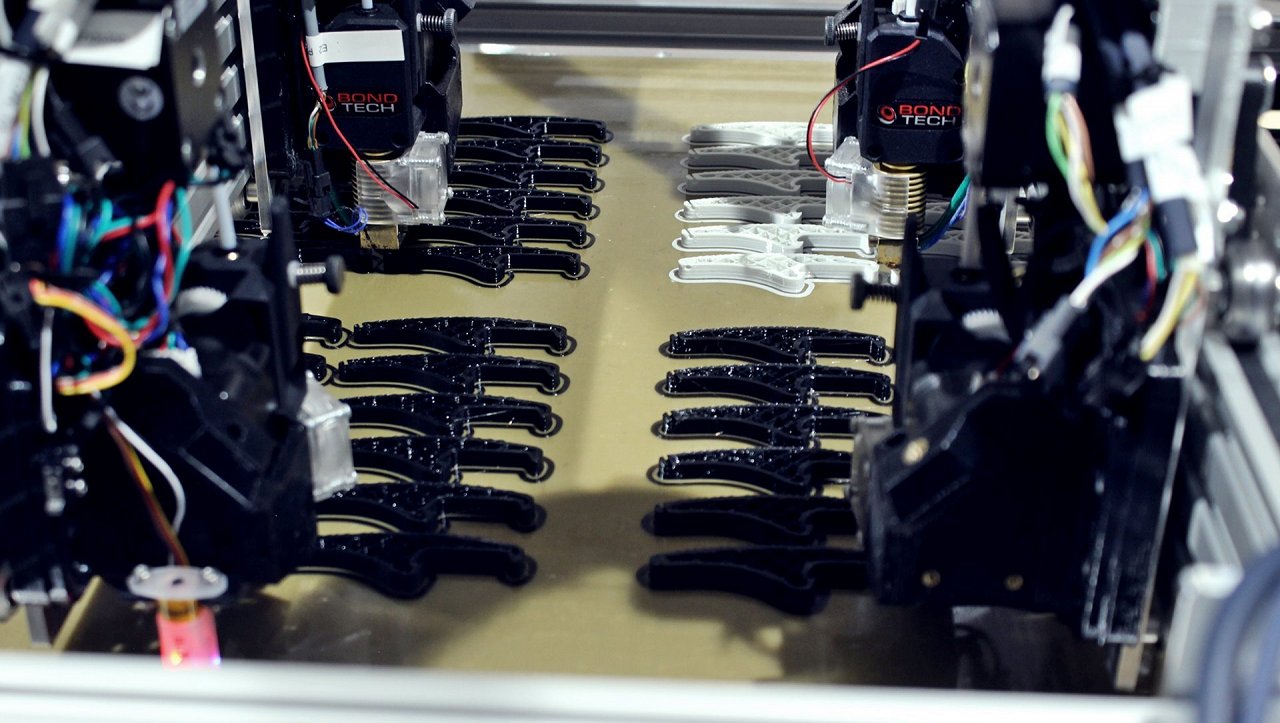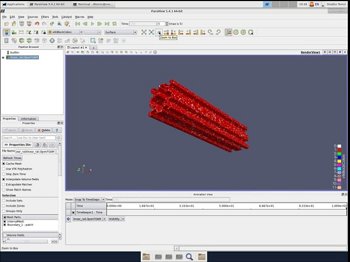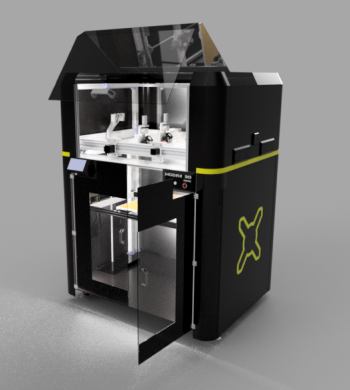Multi-head Additive Manufacturing with Optimal HPC Thermal Stabilization
Presentation of the problem and objective of the experiment
When using industrial machines for additive manufacturing, heat and its dissipation to individual structural elements of the machine play one of the major roles. One of the aspects of the influence of heat is the heated working space inside the machine itself that is very important because most materials used in different industries require heated work chambers, passively or actively heated. The vision of this project is to establish and predict the impact of this heat on the structure and motion system of the machine using HPC infrastructure.
Short description of the experiment
The experiment is divided into 3 phases. In the first phase, a digital model of a new machine assembly will be constructed. Then, in the second phase, the first series of detailed simulations on HPC infrastructure of the heat influence and dissipation in the new machine will be performed. Finally, in the third phase, the physical machine will be assembled, based on the simulations performed in the previous step. Then, through an iterative process of HPC simulations and machine fine-tuning, the machine will be calibrated and tested. The result that can be obtained with this project allows complete control over the parameters that affect the dimensional stability of 3D printed products.
UPDATE:
Upon the completion of the OpenFOAM simulation running on the HPC cluster, stress forces in the linear rail are visualized using Paraview software.
The areas marked in yellow are most exposed to stress. Depending on the simulation results, the object can be redesigned to increase its stress resistance.
As part of the FF4EuroHPC project on the Modax machine, modifications were made and mechanical elements were added, as well as design interventions on exterior panels and doors, which are crucial in achieving project results and testing the impact of the heated chamber on the manufactured part.
The newly created design of the machine also has a commercial role for the later commercialization of 3D printers of larger dimensions with a closed working chamber.
Regarding the project itself and its simulation, the closed chamber will enable the simulation of the temperature stress of the machine profile directly from the CAD model or CAD assembly.
On the machine renders the complete construction of the machine can be seen. The most important thing is to notice the sheet metal framework of the machine and also Plexiglas doors (double-leaf for the lower part of the machine and single-leaf for the upper part). Both parts of the machine together form a closed heated version of the 3D printer that allows working with engineering materials, i.e. polymers with advanced mechanical and / or chemical properties.
Organisations involved:
End User: Mikrotvornica
HPC Provider: Yotta Advanced Computing
HPC Center: Ruđer Bošković Institute
Partner Ruđer Bošković Institute is part of the NCC Croatia.




